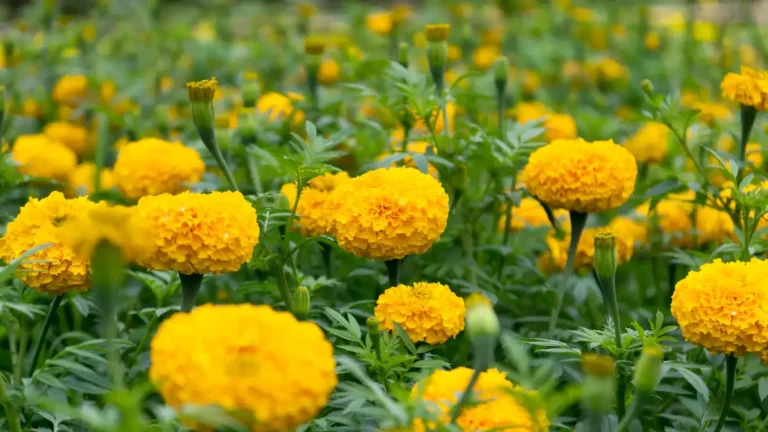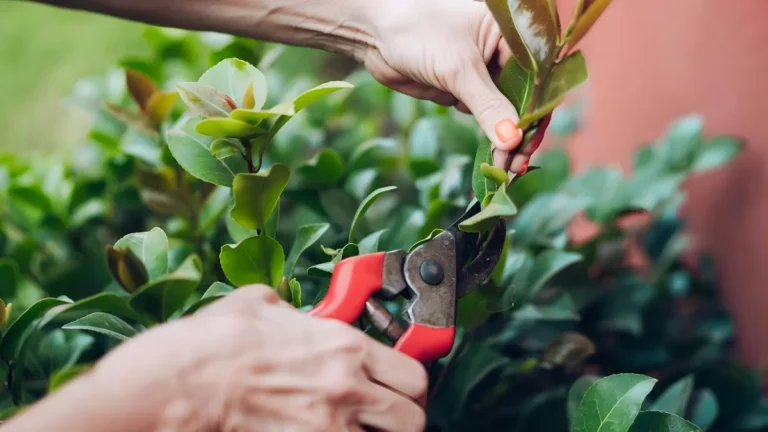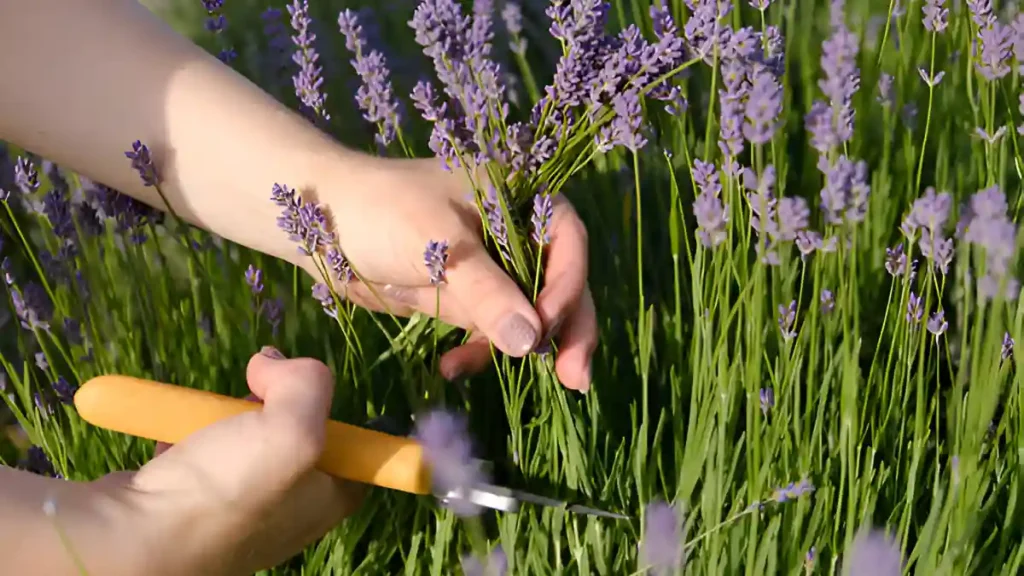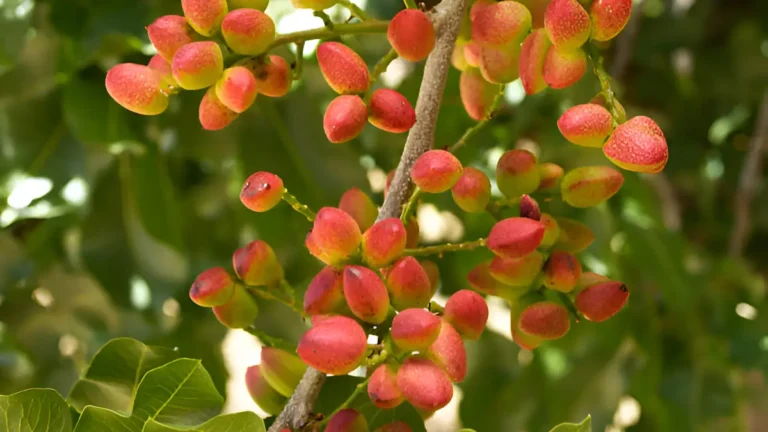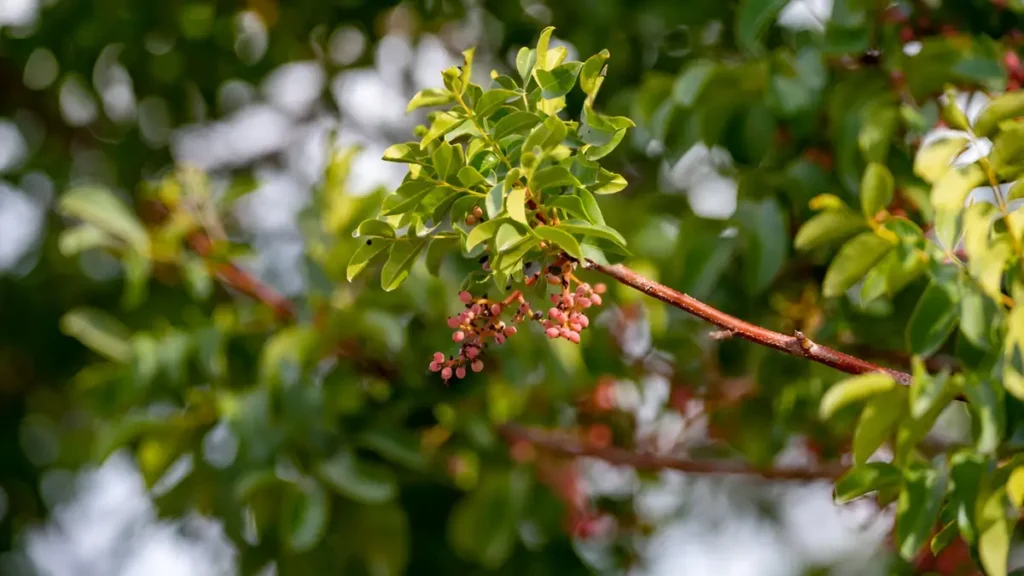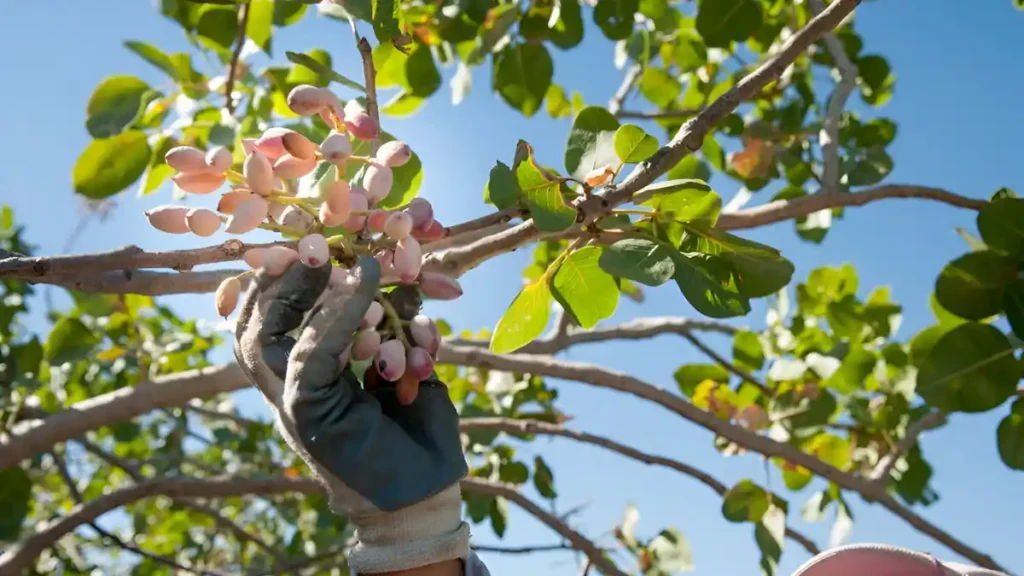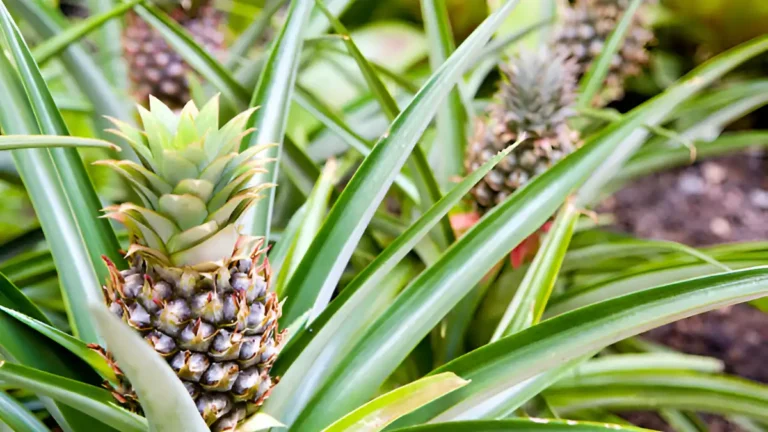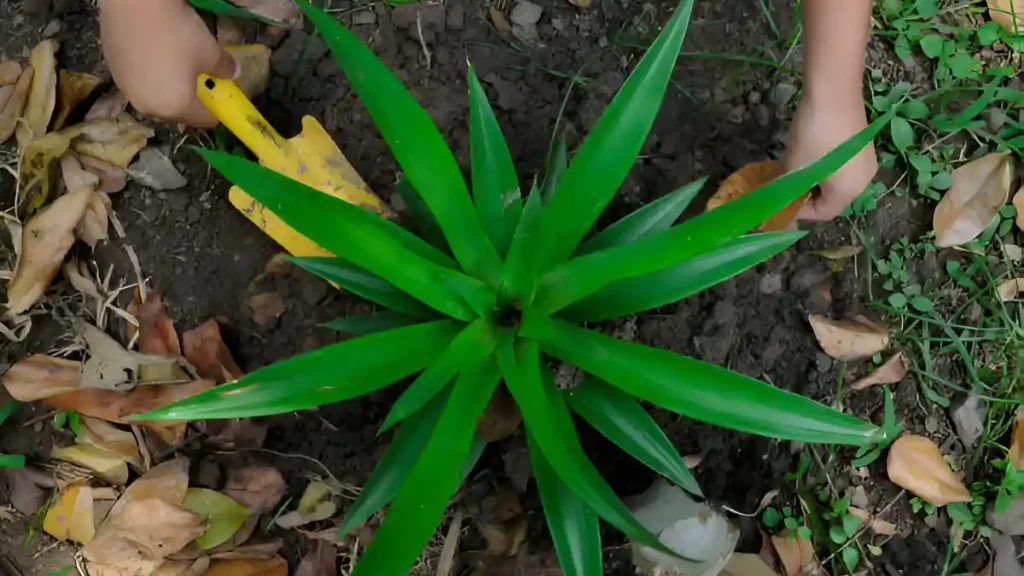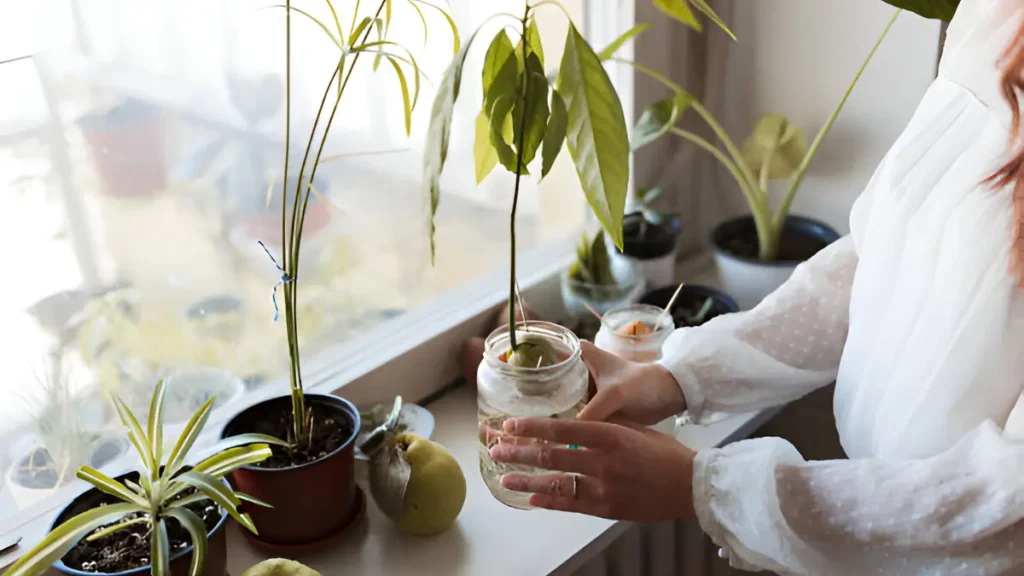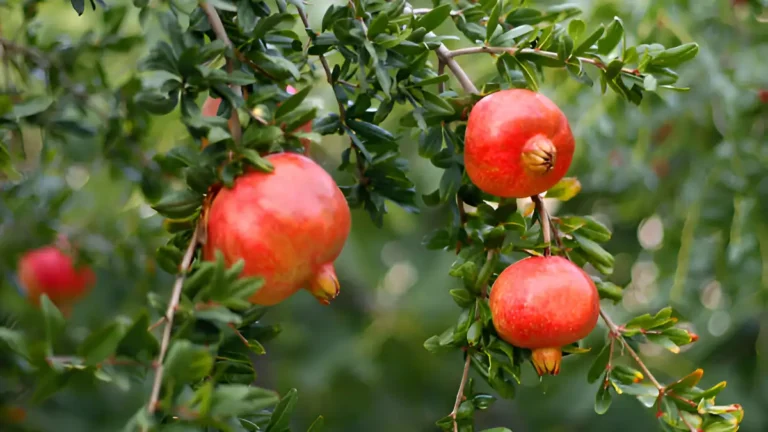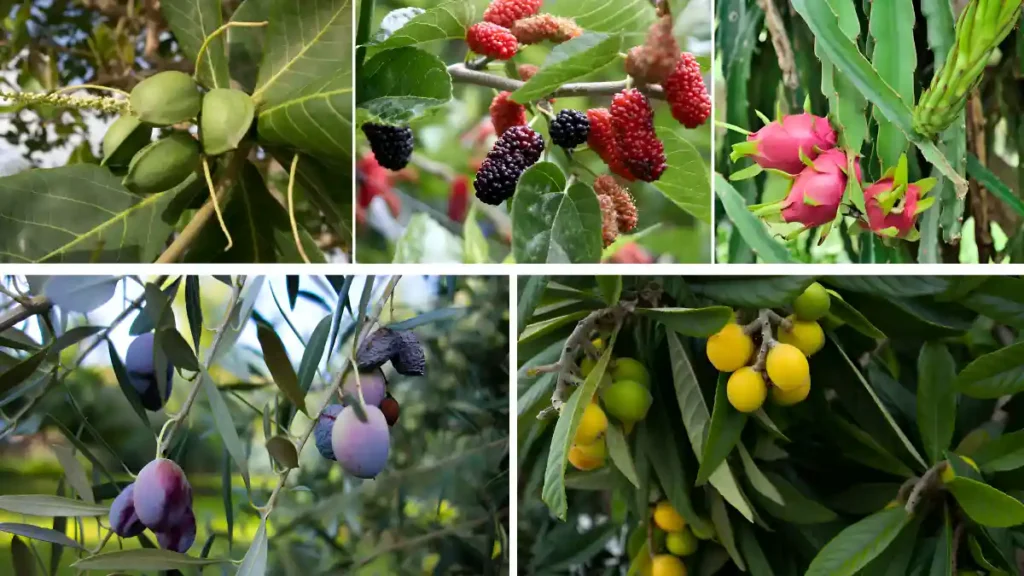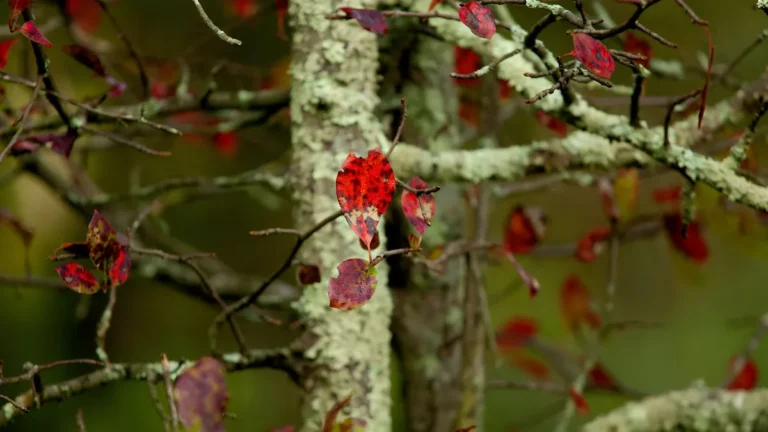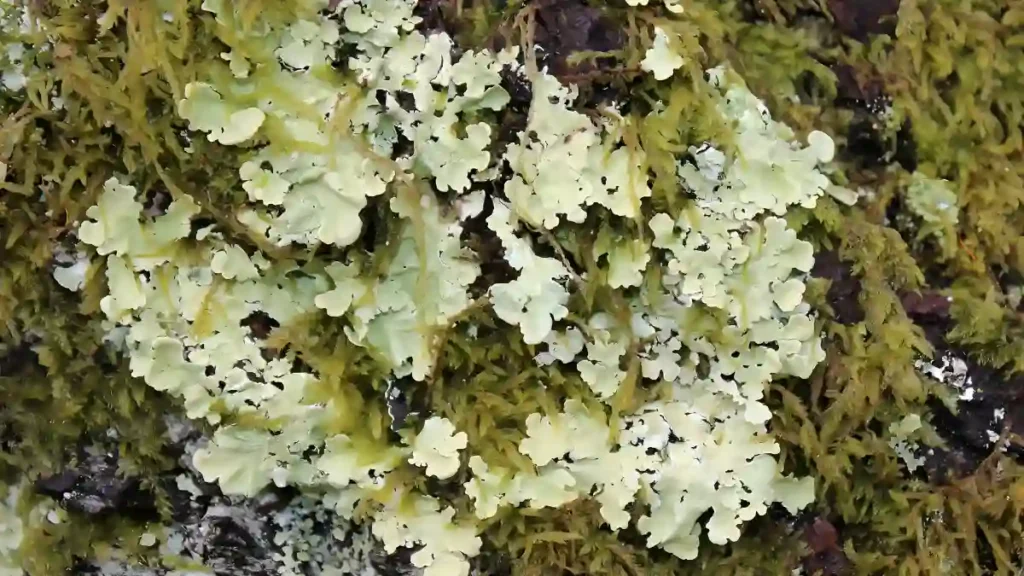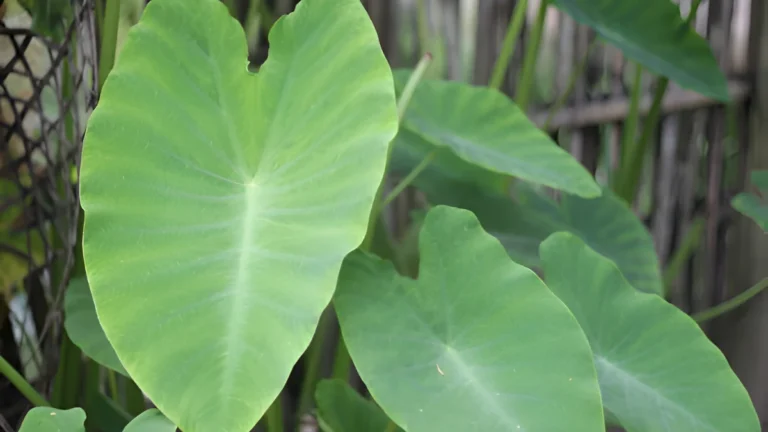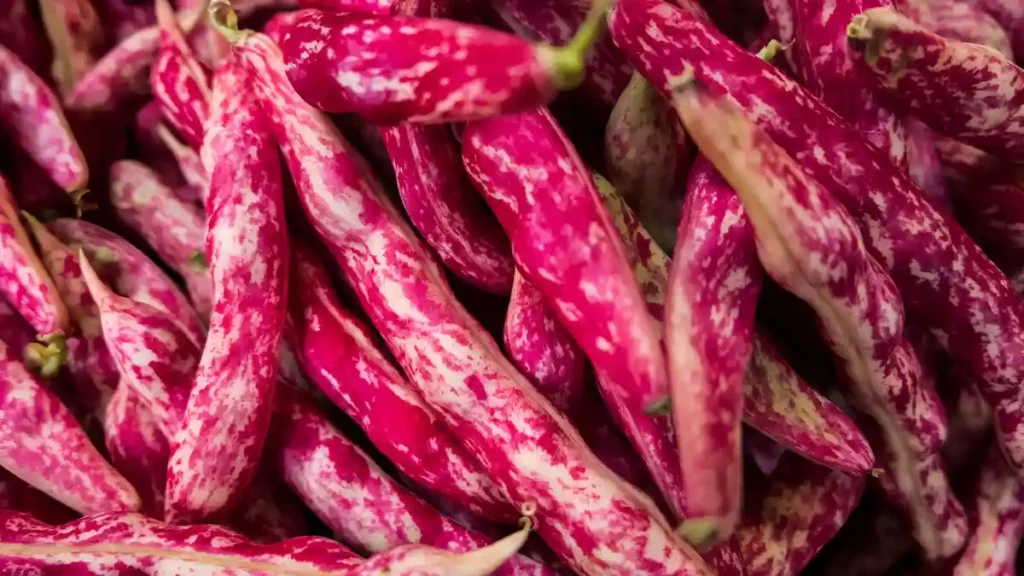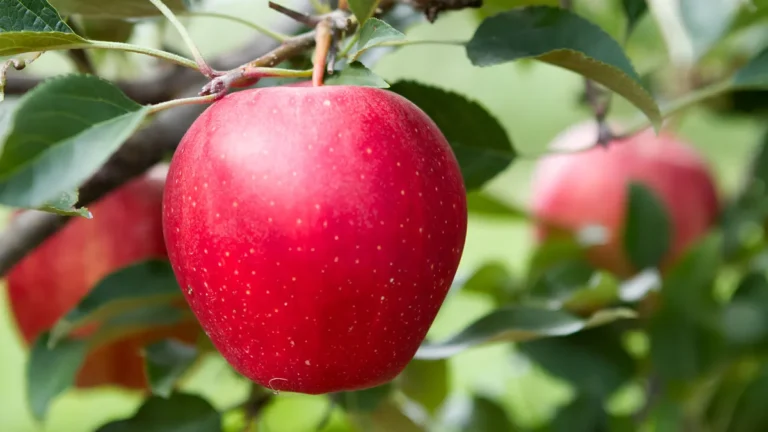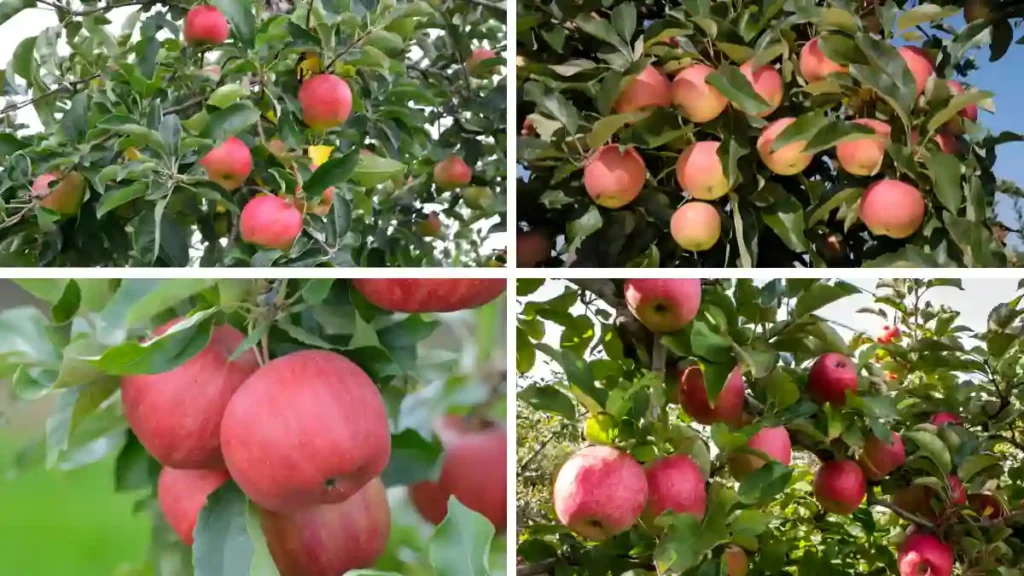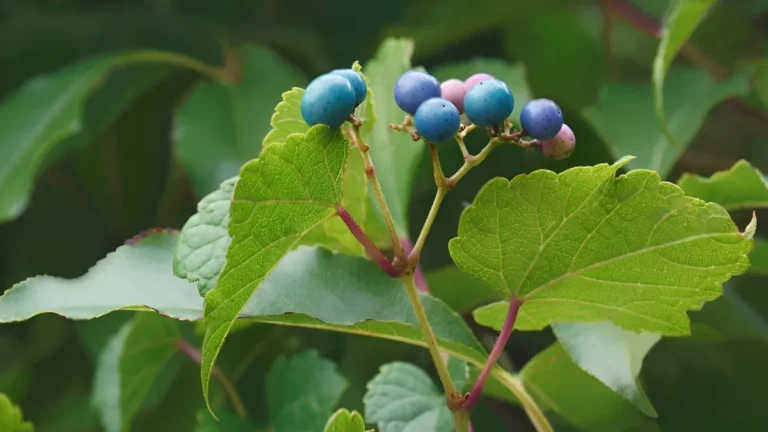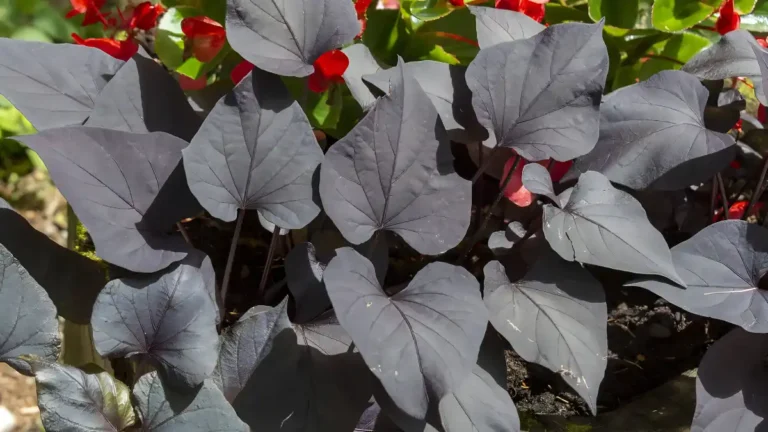The month of August marks a shift in the garden, as the warmth of summer blends with the first whispers of autumn. Your garden will be inundated with color, texture, and movement in August, but you can make preemptive efforts this month to improve next year’s displays. In August, too, you can plant perennials that will take root before winter and come back stronger the following year. Flowers to plant in August are covered in this article.
Learn about the best flowers to plant in August:
As part of a summer gardening checklist, hardy annual flowers can be sown indoors or outside in August. This guide explains what to plant in August to create a lovely flower and how to do so.
Planting flowers in August:
Marigold
Native to the Mediterranean region, is a cheerful and adaptable flower. The greatest flower to plant in August is this one.
- Pick a location that receives at least 6 to 8 hours of sunlight each day. Well-drained soil that is somewhat fertile is ideal for marigold growth. Start seeds indoors 6–8 weeks in advance, or sow them straight into the garden. Plant seeds 1/4 inch deep, and keep the soil damp until they sprout.
- African marigolds grow taller and require 10-12 inch spacing for young plants. Regular deadheading can encourage more blooms by removing fading blossoms.
- Avoid watering marigolds from above; instead, let the soil dry out a little bit between waterings. When it is growing, avoid fertilizing them. Excessive nitrogen intake promotes lush foliage at the expense of floral buds.
Calendula
Calendula is usually linked to a warm demeanor. It might be claimed that August is the ideal month to plant.
- Finding the ideal spot requires making sure it receives at least 4-6 hours of sunlight each day. It requires soil that is abundant in organic matter and well-drained. To promote improved airflow, plant calendula with a spacing of 8 to 12 inches between plants and 18 inches between rows.
- When planting, soil temperatures should be roughly sixty degrees Fahrenheit. Until the plants take root, water them often. keep the soil damp. It can be necessary to treat marginal soils using a balanced but overfeeding might cause the plants to become spindly and lanky.
Sunflowers
Native to North America, brilliant blooms and imposing stems.
- Sunflowers require full sun and soil that drains well. Their ideal pH range is 6.0 to 7.5. Place the seeds approximately 6 inches apart and no deeper than an inch. After the seedlings reach 6 inches in height, thin them out so that the strongest plants are spaced about 12 inches apart.
- In between waterings, allow the top 1 to 2 inches of soil to dry off. Apply a slow-release fertilizer in the spring, as directed on the label, if your soil is poor.
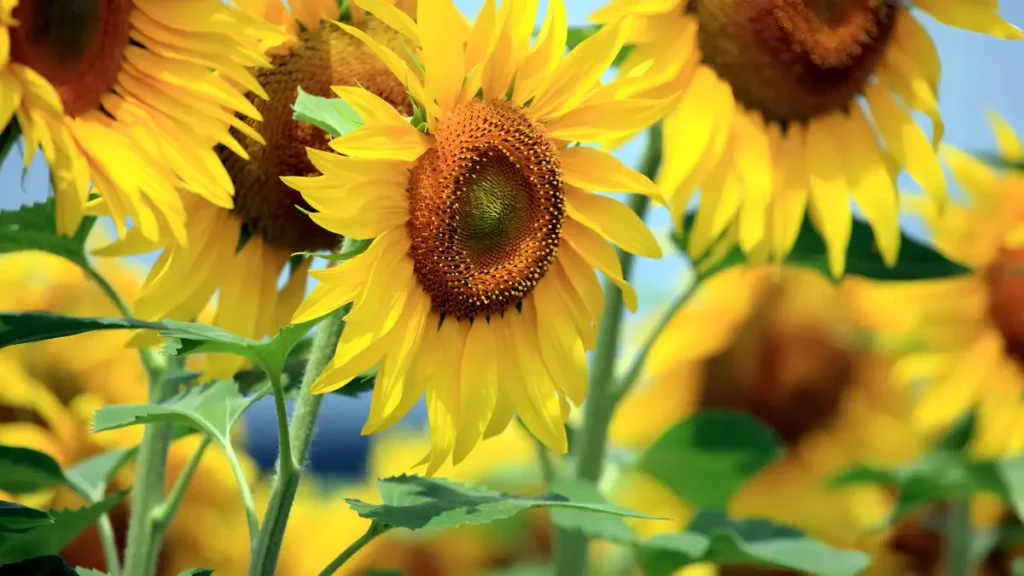
Nigella
A delicate, exotic flower with a whimsical beauty. Others argue that August is the best month to plant.
- When nigella seeds are buried in the ground in August, they will begin to blossom in May of the following year. Nigella should be planted in full sun in slightly acidic soil that drains well. Since light is necessary for germination, plant seeds 2 to 3 inches apart and cover sparingly. Plant seeds widely apart in a garden bed for a casual cottage garden look.
- At a temperature of 60 to 65 degrees, germination takes 10 to 14 days. Till the top few inches of soil are thoroughly saturated, water it gradually but thoroughly. After planting Nigella damascena, fertilize the soil once a month using a general-purpose fertilizer.
Sedum
Spread throughout nearly every continent, Sedum is a vast genus of flowering plants. Usually blooming late in the growth season.
- The majority of sedum plants thrive in full sun, and they like soil that is loose, loamy, sandy, or gravelly with good drainage. Although they often tolerate humidity well, these plants need to be spaced widely for adequate ventilation to prevent powdery mildew.
- Dig a deep hole, level the root ball, insert the plant, backfill, and space 6-24 inches apart for growth, as the sedum spreads over time, ensuring proper space for growth.
- Water the new sedum plants about once a week during the first year of their life. Sedum rarely needs further fertilizer. Composting your soil will typically be sufficient to give your sedum a boost if it’s of low quality.
Lunaria
A delicate, Mediterranean plant, it inspires awe and wonder.
- In addition to liking well-drained, humusy soil that stays consistently moist without being soggy, Lunaria plants grow well in both full sun and moderate shade. The temperature must be between 60 and 70 degrees Fahrenheit.
- To get the plot ready for planting, loosen the soil until it is about 12 inches deep. Space the seeds 12 inches apart. Gently massage the earth over the seedling’s roots and place it inside the hole.
- During the growing season, your Lunaria should have one inch of water every week in the soil. Apply organic or slow-releasing fertilizer to your plant to promote abundant blooming.
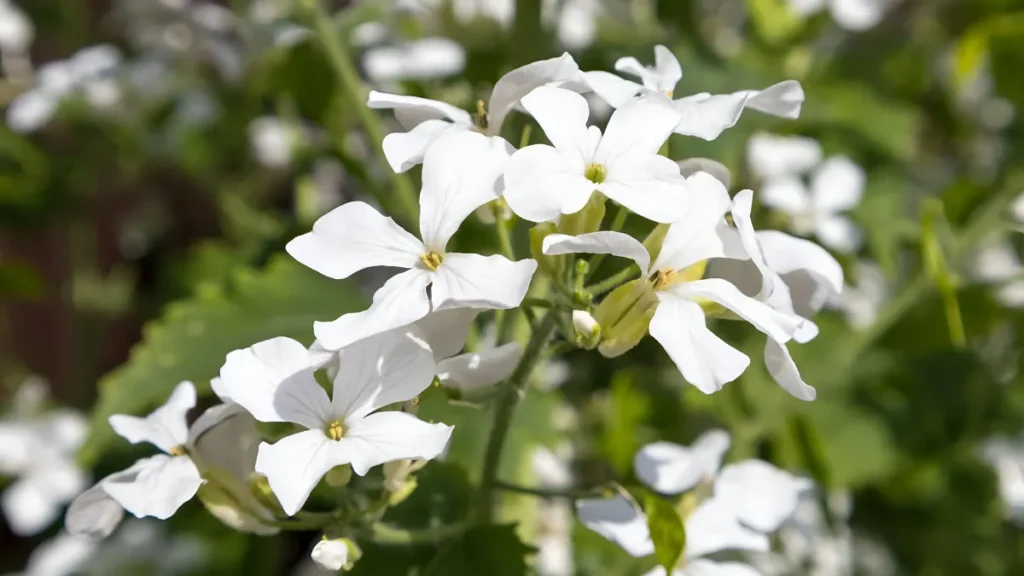
Conclusion:
Planting specific flowers in August will help your garden remain beautiful well into the fall. Growing hardy annuals like calendula, sedum, and marigolds will ensure they flourish throughout the remaining warm days and bloom when the weather cools. Follow the above guide for flowers to plant in August.
Certainly! If you’d like to learn more, please consider following our WhatsApp Channel: Harvest Gardening
A frequently asked questions:
Q1. What are the perennial flowers to plant in August?
A1. Perennials can be planted in August, including asters, sunflowers, and coneflowers.
Q2. What colors are common for the August flower poppy?
A2.The August flower poppy’s most popular hues are pink, white, and red.
Q3. What are the best flowers to plant in August in Zone 7?
A3. The finest flowers to plant in Zone 7 in August are asters, chrysanthemums, zinnias, and marigolds. Zone 7’s late summer and fall weather is ideal for these flowers.

